A new data-analysis method allows researchers to visualize a superconductor expelling an applied magnetic field under high-pressure conditions
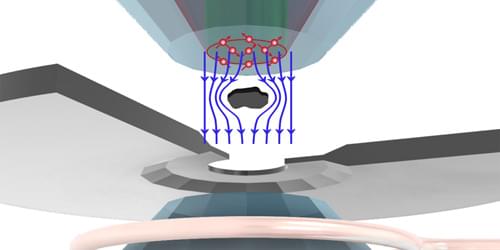

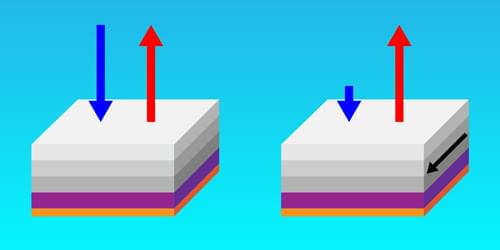
A newly designed structure exhibits the largest-recorded emissivity–absorptivity difference, a property that could prove useful in energy-harvesting and cloaking devices.
Hot objects glow. From the warmth of a stovetop to the invisible heat radiating from a building’s roof, thermal radiation flows outward. But it also flows inward in a reciprocal manner. This means that at thermal equilibrium, an object’s ability to thermally emit light in one direction, described as emissivity, is equal to its ability to absorb the same light coming in from the other direction, known as absorptivity. But what if this rule could be violated?
In a new study, Zhenong Zhang and colleagues from Pennsylvania State University demonstrate this exciting possibility [1]. The researchers apply an external magnetic field to a layered material, creating a system that breaks Lorentz reciprocity—a common symmetry that relates electromagnetic inputs and outputs. They then show that this nonreciprocal system exhibits much higher emissivity than absorptivity in the same direction. The observed difference between emissivity and absorptivity is twice that observed in previous experiments, thus setting a new benchmark in the field. These results pave the way for future technologies such as thermal diodes, radiative heat engines, and infrared camouflage.
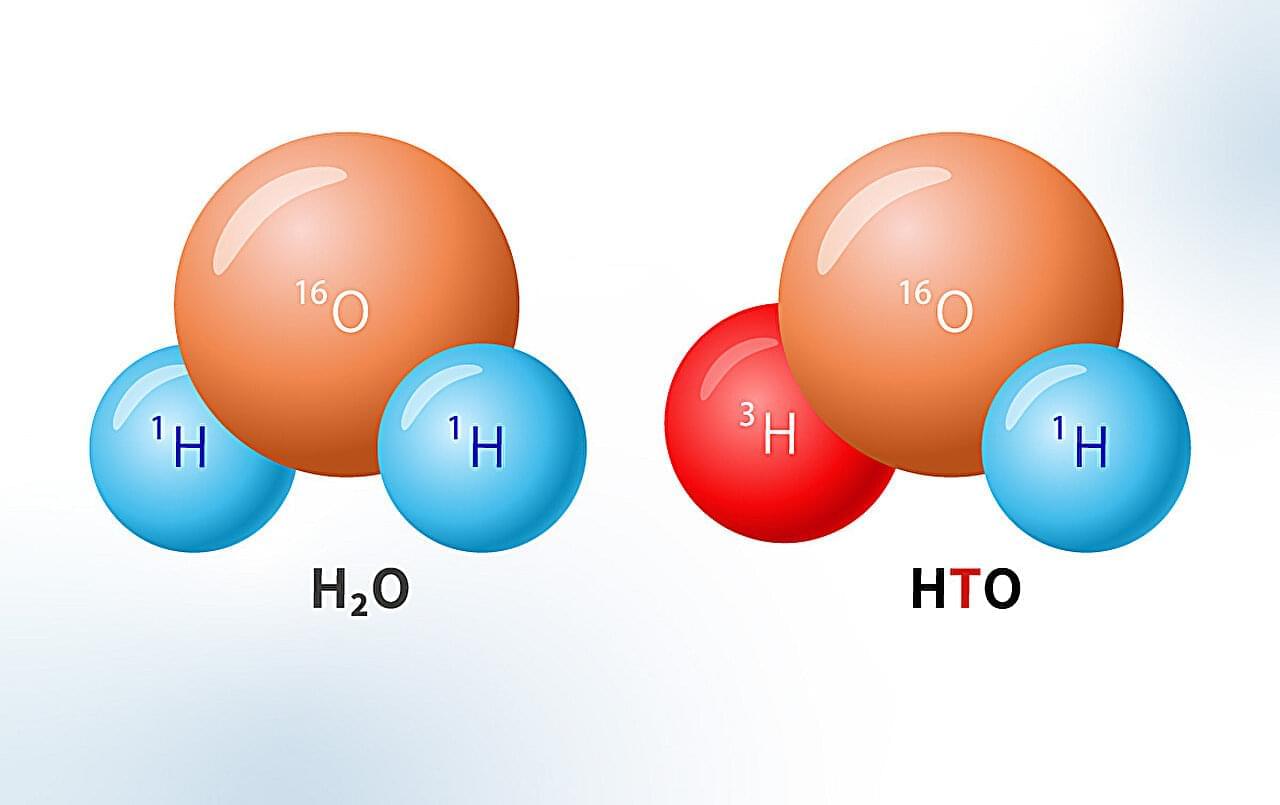
Operators have pumped water to cool the nuclear reactors at the Fukushima Daiichi Nuclear Power Plant (FDNPP) since the accident in 2011 and treated this cooling water with the Advanced Liquid Processing System (ALPS), which is a state-of-the-art purification system that removes radioactive materials, except tritium.
As part of the water molecule, tritium radionuclide, with a half-life of 12.32 years, is very costly and difficult to remove. The ALPS-treated water was accumulating and stored at the FDNPP site and there is limited space to store this water. Therefore, in 2021, the Government of Japan announced a policy that included discharging the ALPS-treated water via an approximately one-kilometer-long tunnel into the ocean. Planned releases of the ALPS-treated water diluted with ocean water began in August 2023 and will be completed by 2050.
In a new numerical modeling study, researchers have revealed that the simulated increase in tritium concentration in the Pacific Ocean due to the tritium originating from the ALPS-treated water is about 0.1% or less than the tritium background concentration of 0.03−0.2 Bq/L in the vicinity of the discharge site (within 25 km) and beyond.
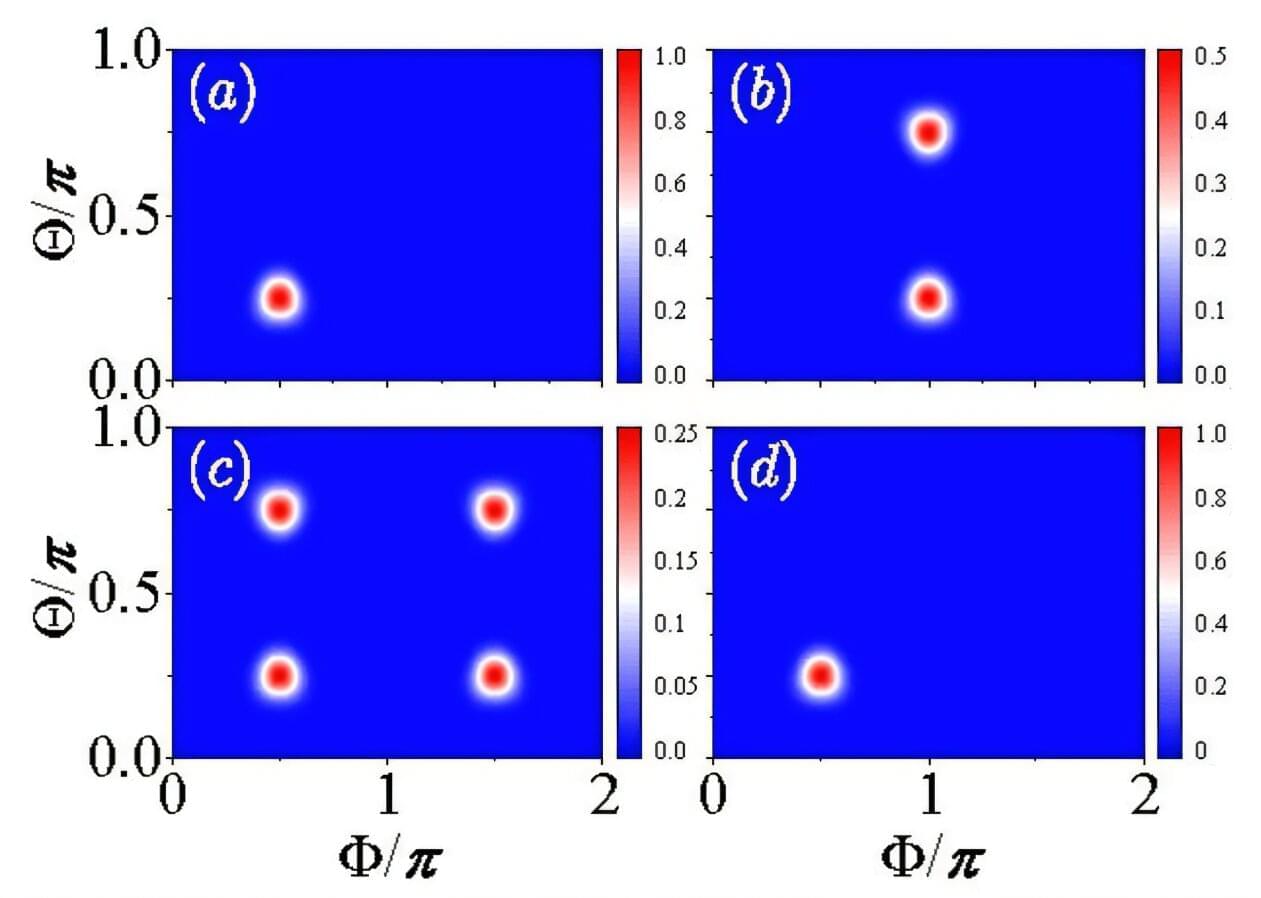
Researchers from the National University of Singapore (NUS) have achieved exciting progress in quantum metrology, a field that harnesses quantum effects to make measurements with unprecedented accuracy. Their newly developed protocol could potentially benefit emerging technologies such as navigation and sensing of extremely weak signals.
Quantum metrology exploits the unique properties of quantum systems to achieve sensitivities far exceeding classical limits. Pushing beyond the so-called standard quantum limit (SQL) to reach the ultimate Heisenberg limit (HL) typically requires highly entangled quantum states, such as Greenberger–Horne–Zeilinger (GHZ) states. However, these states are extremely challenging to generate, maintain, and measure, as they are highly susceptible to environmental noise and readout errors, which are major obstacles for practical deployment.
Led by Professor Gong Jiangbin from the Department of Physics at the NUS Faculty of Science, the research team has developed a novel strategy that eliminates these roadblocks. Their method leverages quantum resonance dynamics in a periodically driven spin system, a well-studied model called the quantum kicked top.
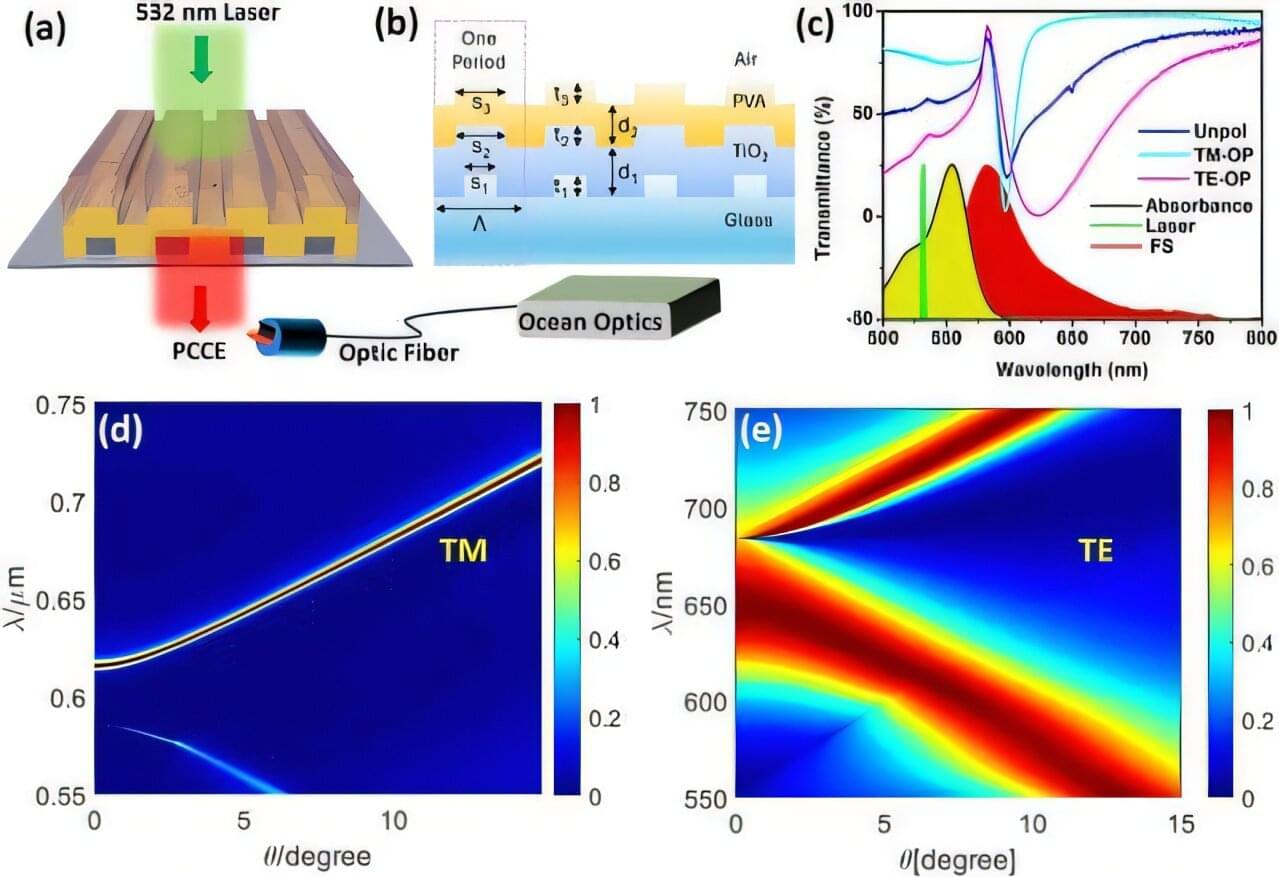
Traditional medical tests often require clinical samples to be sent off-site for analysis in a time-intensive and expensive process. Point-of-care diagnostics are instead low-cost, easy-to-use, and rapid tests performed at the site of patient care. Recently, researchers at the Carl R. Woese Institute for Genomic Biology reported new and optimized techniques to develop better biosensors for the early detection of disease biomarkers.
People have long been fascinated with the iridescence of peacock feathers, appearing to change color as light hits them from different angles. With no pigments present in the feathers, these colors are a result of light interactions with nanoscopic structures, called photonic crystals, patterned across the surface of the feathers.
Inspired by biology, scientists have harnessed the power of these photonic crystals for biosensing technologies due to their ability to manipulate how light is absorbed and reflected. Because their properties are a result of their nanostructure, photonic crystals can be precisely engineered for different purposes.
New cutting-edge software developed in Melbourne can help uncover how the most common heart tumor in children forms and changes. And the technology has the potential to further our understanding of other childhood diseases, according to a new study.
The research, led by Murdoch Children’s Research Institute (MCRI) and published in Genome Biology, found the software, VR-Omics, can identify previously undetected cell activities of cardiac rhabdomyoma, a type of benign heart tumor.
Developed by MCRI’s Professor Mirana Ramialison, VR-Omics is the first tool capable of analyzing and visualizing data in both 2D and 3D virtual reality environments. The innovative technology aims to analyze the spatial genetic makeup of human tissue to better understand a specific disease.
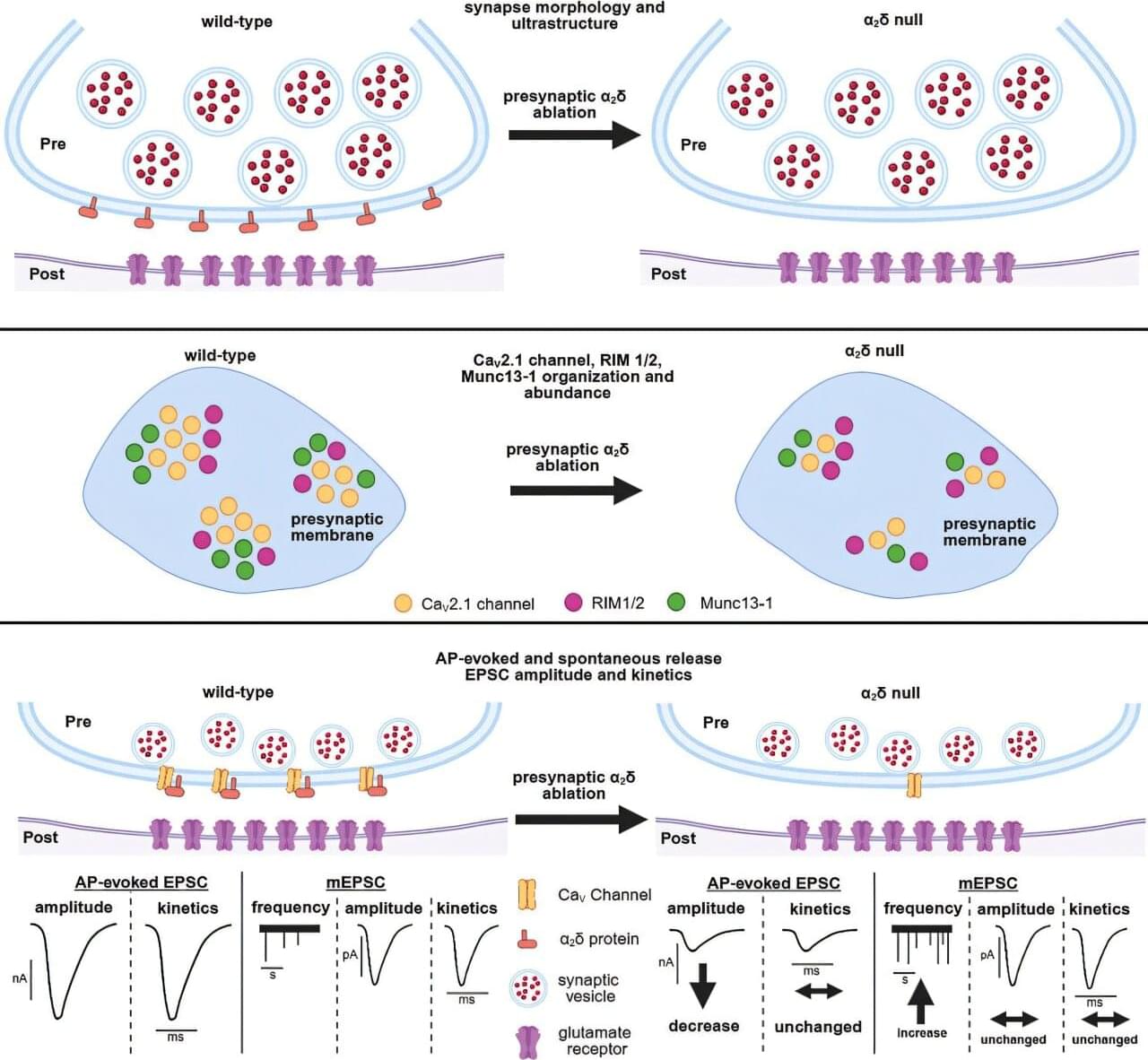
Cellular communication between neurons within our brain is complex and busy, much like a USPS mailroom.
To keep things running smoothly, the brain uses specialized molecules, termed alpha-2-delta (α2δ) proteins, to coordinate the sending and receival of signals between nerve cells in the brain.
Genetic variations in these types of proteins can impact important brain messaging and function, resulting in chronic pain, autism spectrum disorders, epilepsy, migraines, and other conditions.
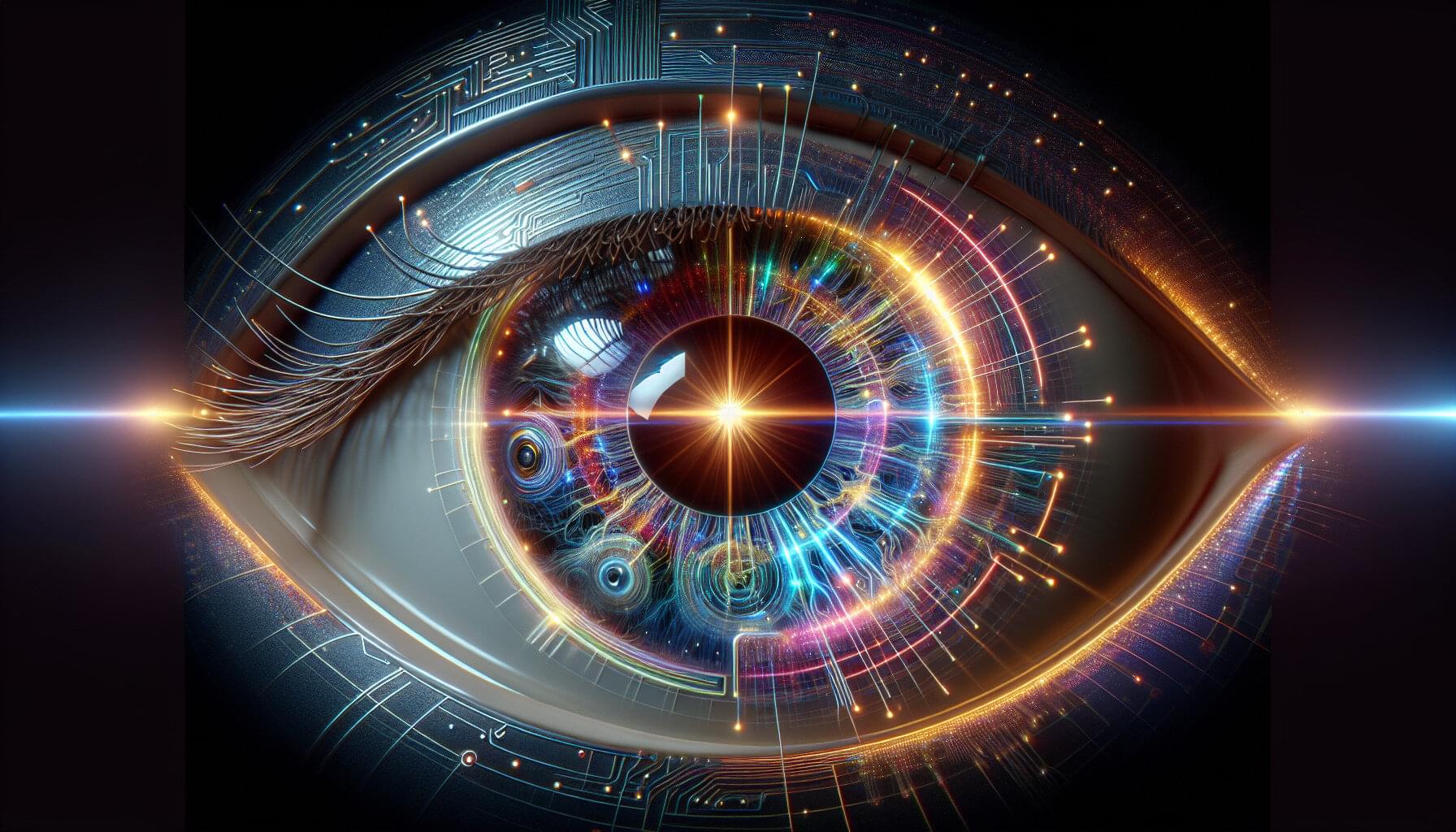
Researchers have demonstrated a new way of attacking artificial intelligence computer vision systems, allowing them to control what the AI “sees.” The research shows that the new technique, called RisingAttacK, is effective at manipulating all of the most widely used AI computer vision systems.
At issue are so-called “adversarial attacks,” in which someone manipulates the data being fed into an AI system to control what the system sees, or does not see, in an image. For example, someone might manipulate an AI’s ability to detect traffic signals, pedestrians or other cars—which would cause problems for autonomous vehicles. Or a hacker could install code on an X-ray machine that causes an AI system to make inaccurate diagnoses.
“We wanted to find an effective way of hacking AI vision systems because these vision systems are often used in contexts that can affect human health and safety—from autonomous vehicles to health technologies to security applications,” says Tianfu Wu, co-corresponding author of a paper on the work and an associate professor of electrical and computer engineering at North Carolina State University.
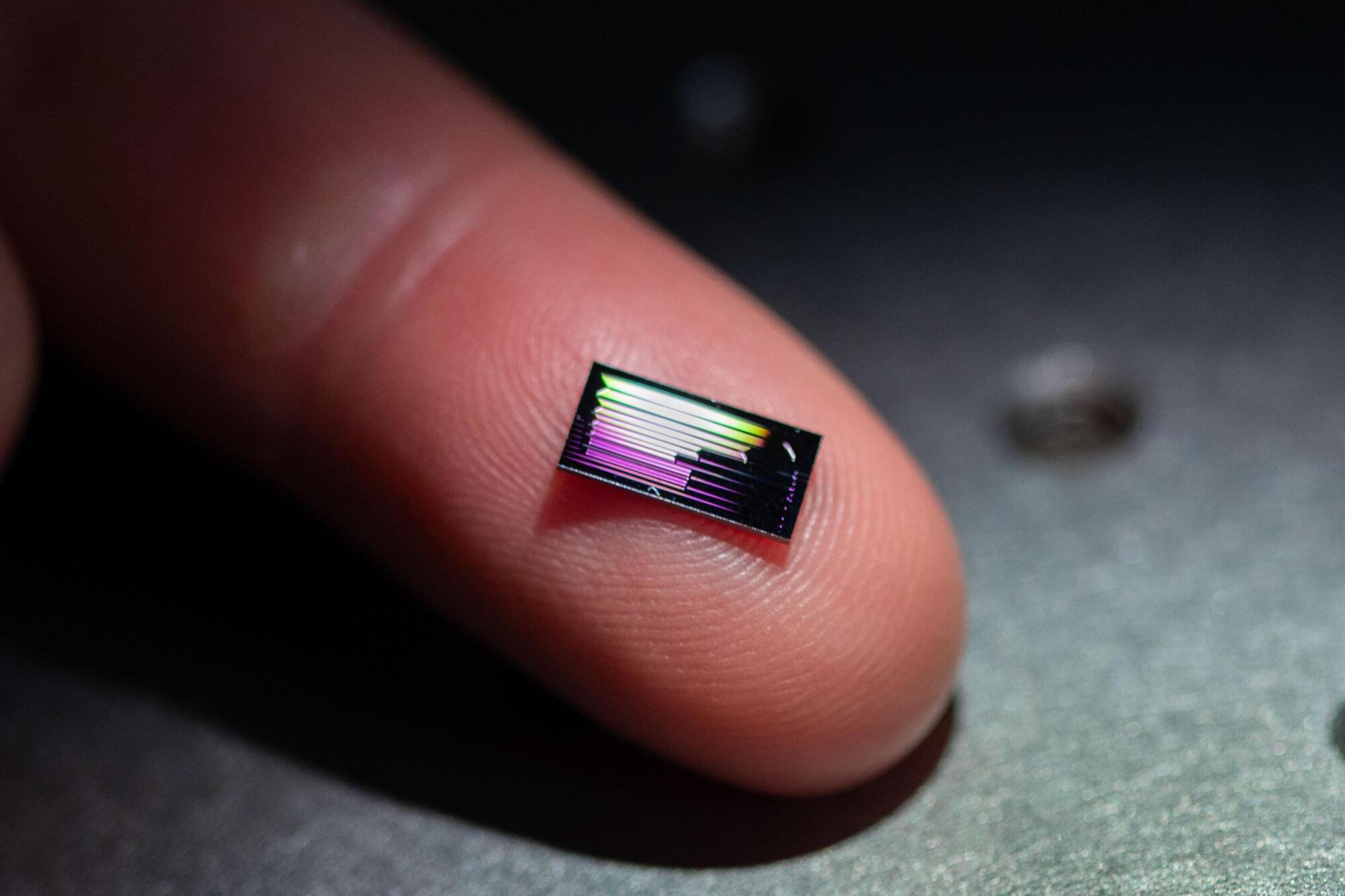
Researchers at the Leibniz Institute of Photonic Technology (Leibniz IPHT) in Jena, Germany, together with international collaborators, have developed two complementary methods that could make quantum communication via fiber optics practical outside the lab.
One approach significantly increases the amount of information that can be encoded in a single photon; the other improves the stability of the quantum signal over long distances. Both methods rely on standard telecom components—offering a realistic path to secure data transmission through existing fiber networks.
From hospitals to government agencies and industrial facilities—anywhere sensitive data must be kept secure—quantum communication could one day play a key role. Instead of transmitting electrical signals, this technology uses individual particles of light—photons—encoded in delicate quantum states. One of its key advantages: any attempt to intercept or tamper with the signal disturbs the quantum state, making eavesdropping not only detectable but inherently limited.

“The current operating mode, in which a beam of protons collides with a beam of oxygen ions, is the most challenging,” points out Roderik Bruce, an LHC ion specialist. “This is because the electromagnetic field inside the accelerator affects protons and oxygen ions differently, due to their different charge-to-mass ratios. In other words, without corrections the two beams would collide in different places at each turn.”
To overcome this problem, the engineers are carefully adjusting the frequency of revolution and the momentum of each beam, so that the collisions take place right at the heart of the LHC’s four main experiments: ALICE, ATLAS, CMS and LHCb.
But these four experiments are not the only ones to be involved in this special campaign. Last week, the LHCf experiment, which studies cosmic rays using the small-angle particles created during collisions, installed a detector along the LHC beamline, 140 meters from the ATLAS experiment’s collision point, which it will use for proton–oxygen run. This detector will later be removed and replaced by a calorimeter, which will provide additional data during the oxygen–oxygen and neon–neon collisions.